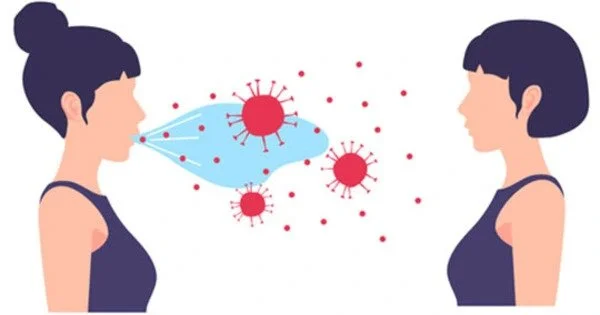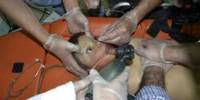Airborne transmission is the spread of infectious agents such as viruses or bacteria through the air. Aerosol transmission is the transmission of an infectious disease via small particles suspended in the air. In contrast to direct contact with infected surfaces or droplets from coughing or sneezing, airborne transmission involves the spread of small respiratory particles known as aerosols. These aerosols can contain infectious agents and remain suspended in the air for extended periods of time, allowing them to travel longer distances.
Many infectious diseases with airborne transmission are important in both human and veterinary medicine. The relevant infectious agents could be viruses, bacteria, or fungi, and they could be spread through breathing, talking, coughing, sneezing, raising dust, spraying liquids, flushing toilets, or any other activity that produces aerosol particles or droplets. This refers to disease transmission via infectious agent transmission and does not include diseases caused by air pollution.
Key points about airborne transmission –
- Particle Size: Aerosols are small particles that can range in size from a few micrometers to less than 100 nanometers. These small sizes enable them to stay airborne for longer periods and potentially travel farther distances.
- Infectious Agents: Various respiratory viruses, including influenza viruses, the common cold viruses, and the SARS-CoV-2 virus responsible for COVID-19, can be transmitted through the air.
- Transmission Environments: Airborne transmission is more likely to occur in enclosed or poorly ventilated spaces, where aerosols can accumulate and remain suspended. In contrast, open or well-ventilated areas disperse aerosols more effectively, reducing the risk of airborne transmission.
- Examples of Diseases: Diseases that can be transmitted through airborne routes include tuberculosis, measles, chickenpox, and, as mentioned, certain respiratory viruses.
Prevention
Improving ventilation in indoor spaces, using air purifiers, wearing masks, and maintaining physical distance are all preventive measures for airborne transmission. The World Health Organization (WHO) and other health organizations offer guidelines for reducing the risk of airborne transmission in a variety of settings.
Understanding and addressing airborne transmission are especially important in infectious disease control, particularly during outbreaks or pandemics. It emphasizes the significance of taking steps to reduce the concentration of infectious agents in the air and protect people from inhaling these particles.
















